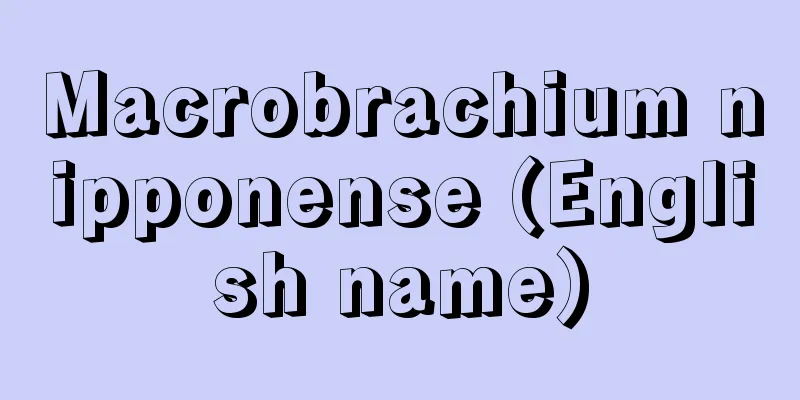Azuma

|
...Furthermore, in the late Jomon period, the Yayoi culture, which began with the spread of rice cultivation techniques to northwestern Kyushu, spread rapidly throughout western Japan, while eastern Japan remained under the Jomon culture for some time, making this difference even more striking. *Some of the terminology explanations that mention "Azuma" are listed below. Source | Heibonsha World Encyclopedia 2nd Edition | Information |
|
…そして縄文晩期,西北九州に稲作の技術が伝播したのを契機に始まる弥生文化が西日本に急速に広がったのに対し,東日本がしばらく縄文文化にとどまったことは,この差異をさらに著しいものにした。 ※「あづま」について言及している用語解説の一部を掲載しています。 出典|株式会社平凡社世界大百科事典 第2版について | 情報 |
<<: Azuma mirror body - I want to see Azuma mirror body
Recommend
Andre, N.
…However, until the 16th century, treatment was b...
parijata (English spelling)
...The tree can reach a height of 20m, and in ear...
Subareans
…Kish became one of the most important city-state...
Ivory - ivory
The incisors of an elephant's upper jaw conti...
Sea - Umi (English spelling)
It refers to a very large expanse of water that c...
Liao San Cai (English spelling)
Sancai pottery was fired in the Liao Dynasty of th...
Potato washing action - potato washing action
...Subsequently, behaviors that correspond to sub...
Luo Feng (English spelling)
One of the underworlds and hells in Chinese Taoism...
Eshkol, L. (English spelling) EshkolL
…The leading role in the founding of the State of...
Kato Kagekado
A vassal of the early Kamakura period. Son of Kag...
Industrial adjustment - Sangyōchōsei
The government and other authorities guide the ove...
Yonabaru [town] - Yonabaru
A town in Shimajiri District, in the southern part...
Bird reading sutras - Kyoyomutori
〘Noun〙 = Kyoyomidori (Sutra-reading bird) [Haiku, ...
Amine soap - Amin soap
...For other metal salts, see the Metal Soaps sec...
shādūf (English spelling) shaduf
…However, waterwheels continued to be used as a p...







![Ikutahara [town] - Ikutahara](/upload/images/67cae65ae3834.webp)

